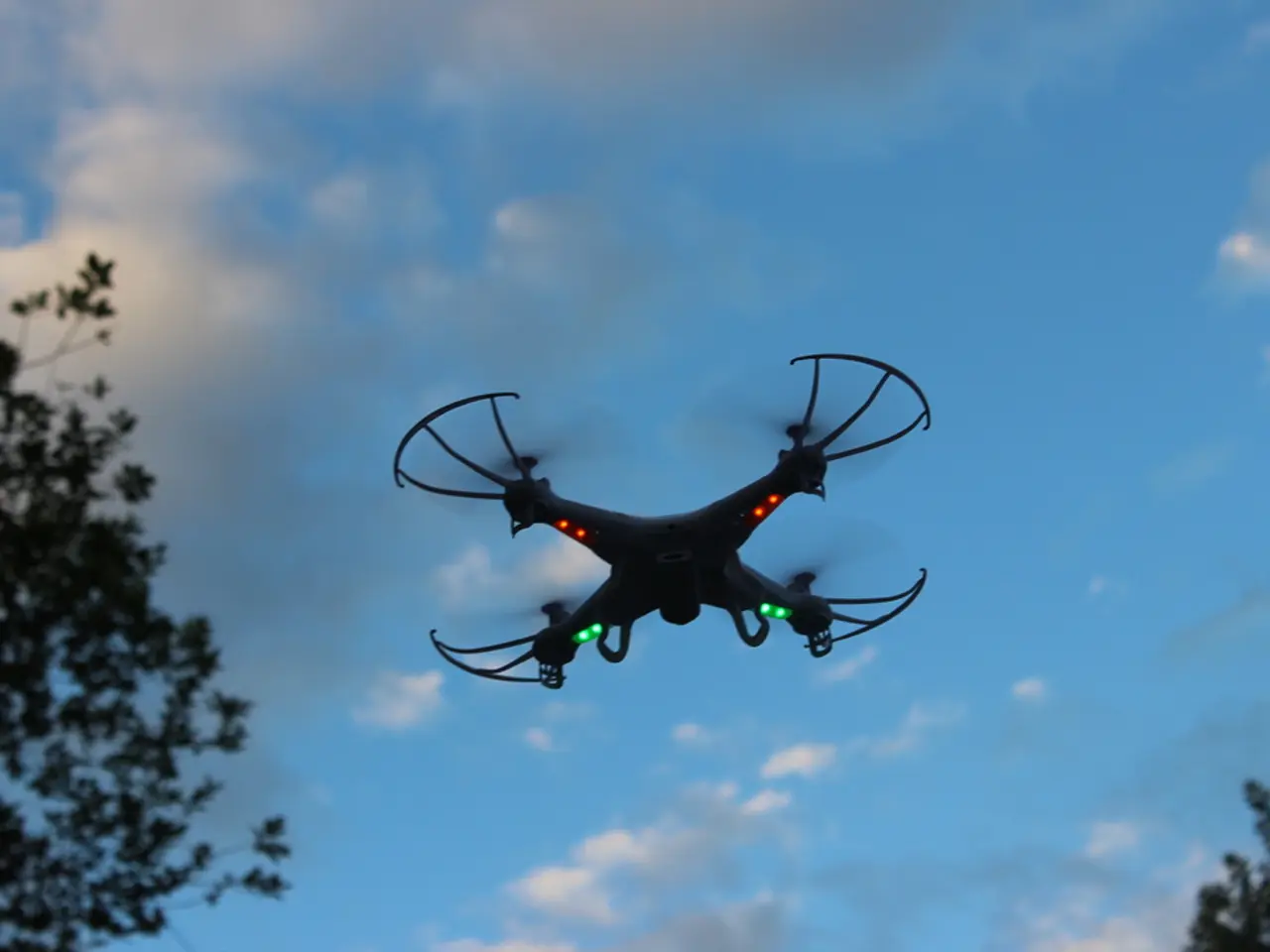YouTube Introduces New AI Feature to Predict User's Age
YouTube is taking a significant step towards enhancing online safety for younger viewers by trialling a new machine learning-based age estimation system in the United States. Unlike traditional age verification methods that rely on physical features, this innovative approach analyses user behavioural patterns, such as video viewing habits, interaction styles, and account activity.
The new system is designed to bypass age gates that many children can easily bypass, and it does not wait for users to self-declare their age. Instead, it studies user behaviour to estimate ages based on factors like video searches, watched categories, and account age.
YouTube's AI-powered age estimation is part of a broader effort to protect younger viewers. The company aims to stay ahead of regulatory requirements and potential government regulations by implementing this new approach. However, the effectiveness of this system in accurately identifying underage users is yet to be determined.
The system faces challenges with accuracy and bias, as security experts warn that such AI age verification systems can be easily circumvented and tend to disproportionately misclassify minorities and users from lower socioeconomic backgrounds. To mitigate these risks, YouTube plans to apply youth protections automatically for users identified as under 18. These protections include disabling personalized ads, restricting access to age-restricted content, and limiting repetitive viewing of certain content.
If a user is incorrectly identified as a minor, they can appeal the decision by submitting valid government ID to verify their actual age and restore full access rights. This manual verification step helps mitigate negative implications for users wrongly flagged, such as unnecessary content restrictions or inappropriate advertising limitations.
It's important to note that the system is currently limited to the U.S. market and is not available globally. If the system flags a user as under 18, it will activate safety mode, which restricts personalized ads, access to digital wellbeing tools, and recommendations to prevent binge-watching potentially harmful content.
If the system mistakenly pegs an adult user as underage, the individual must prove their real age using a credit card or government-issued ID. The process of proving one's age after being mistakenly identified as a minor is considered high-friction, but it helps ensure the system's accuracy and protect younger viewers.
This trial is part of a larger, industry-wide effort to address the presence of children online. As regulatory pressure worldwide grows to better protect minors online, we can expect to see more AI-driven age verification tools being adopted across various platforms.
The artificial-intelligence-powered age estimation system on YouTube analyzes user behavioral patterns to estimate ages based on factors like video searches, watched categories, and account age, aiming to provide a more robust method for online safety, especially for younger viewers. This technology is expected to be a part of an industry-wide movement to better protect minors online, as regulatory pressure increases globally.




